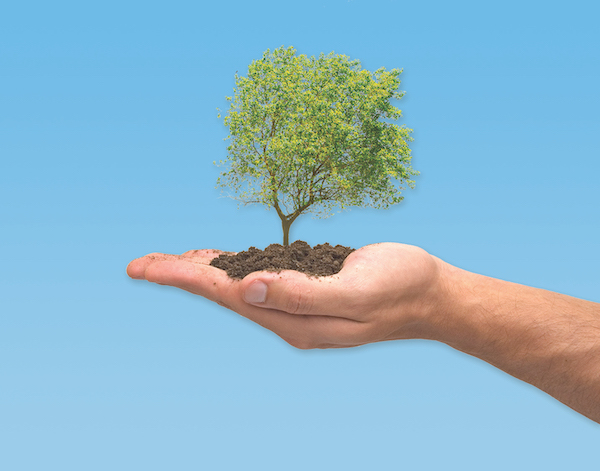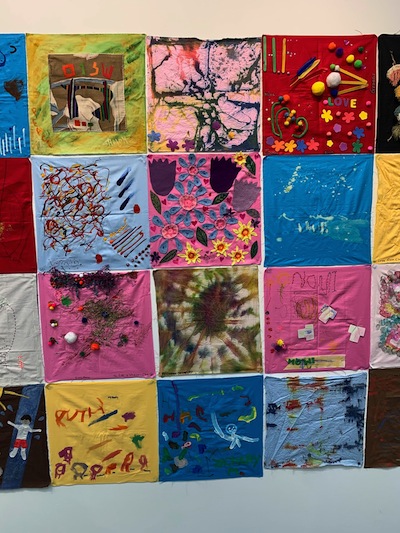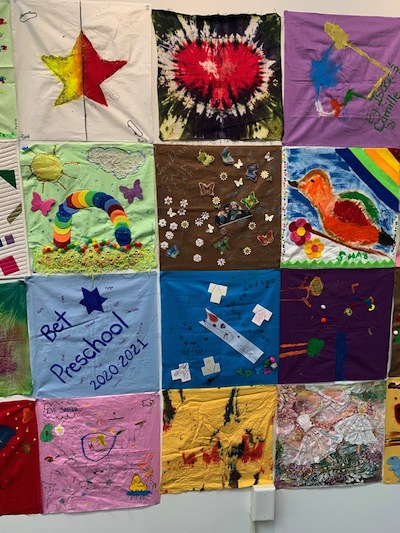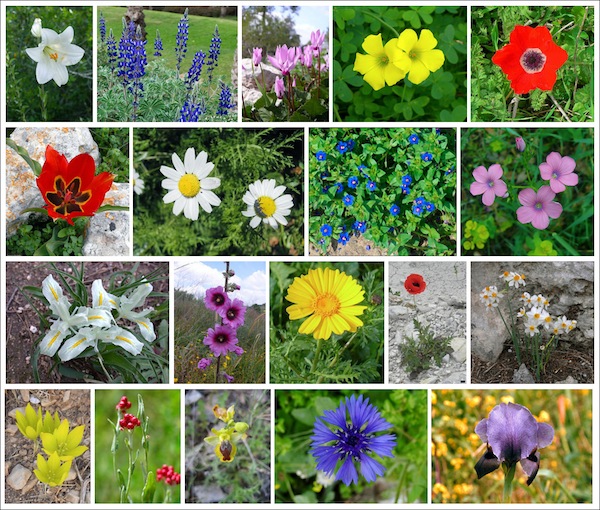If you’ve ever slogged through a spring melt in a place, like, say, Winnipeg, you know about the odd balance … the one where it’s best if the snow melts slowly, even painfully, with a freeze at night. Why? Too fast a melt and everything is flooded.
On the prairies – or, frankly, any place without good drainage – basements, wellies and everything else can be in trouble if a big pile of snow hits a too-warm sunny spring. In these places, and I’ve lived in three, now that I think of it: Buffalo and Ithaca, New York, and also Winnipeg … spring is both desperately, sorely anticipated and, well, sometimes gross. It’s full of dirty snow, big puddles and treacherous ice.
Yet we continue, every winter, to long for spring and better weather to come. It’s like we have amnesia and forget this long dirty shoulder season. Years ago, I told myself that, obviously, the snowbirds had it wrong. The best time to travel, if it could ever be managed, would be during the puddle period.
I was thinking about the puddles, Passover and, also, the talmudic tractate I am currently studying as part of Daf Yomi, a page of Talmud a day. From now until the summer, that tractate is Yevamot – the tractate that deals with the notion of levirate marriage. What’s that, you say? It’s the ancient obligation for a childless widow to either marry her husband’s brother to produce a child after her husband’s death, or perform a ceremony called halitzah, in which she is freed from this obligation.
This is probably the first time in more than two years of doing this Daf Yomi study when I seriously just wanted to quit. Yes, studying an ancient text, no matter how holy or intellectually stimulating, can sometimes feel irrelevant. Yevamot goes way beyond “slightly boring” or irrelevant. It wanders into the gross, mucky puddles for me. It’s right up there in the news articles that come with trigger warnings because of issues containing abuse. For a modern person, particularly a woman, some of these rabbis’ discussions in Yevamot really wear me down – because rape, child marriage and other issues really unacceptable to the modern reader arise frequently.
I was proceeding, reading late at night out of duty, and using an approach I perfected in graduate school. This involves skimming the thing as fast as possible so that, if one day I am ever asked about this in a weekly seminar, I can nod somewhat knowingly and bring up the one or two points I can remember. This worked when the professor assigned three academic tomes a week and expected us all to discuss them. (Later, I learned he did this in hopes we would drop the course due to the workload. He felt guilty when we all took it anyway and bought us coffees while we soldiered onwards.)
Of course, I’m learning for the sake of learning now, not because I expect to be tested or, heaven forbid, asked to lead the seminar at a moment’s notice.
This is one of those few times when I was saved by social media. I was on Twitter and, because I follow others who are also learning this way, I started seeing their comments. Several of them summed up, in 280 characters or less (or a TikTok), that they too were struggling. Eye-rolling and other more disgusting noises may have come out of their mouths at some of this. I had a huge sense of relief. I wasn’t alone. Others felt exactly the way I felt. We were part of some internet club I’d forgotten I’d joined. Whew.
There’s a reason why, traditionally, Talmud is studied in a hevruta, a pair or group setting. Some of the topics are hard to understand, for all sorts of reasons. I don’t have a physical study group. Heck, that’s OK, I’ve done nearly this entire thing during a pandemic. I’m a busy mom who stays up too late to read this stuff. I’m lucky to have access to it at all, as a woman, and also for free, online at Sefaria. There’s a lot of support online now that got me to this point, since this kind of study was traditionally dominated by men.
However, I know that feeling a sense of camaraderie and the insights that come from studying with others are important. They certainly helped spur me to continue when I thought the subject matter of Yevamot wasn’t for me and I wanted to quit.
To bring this back to those dirty spring puddles, well, this time of year, while it can be a slog, is also prime time to prep for Passover. This, too, can feel like a struggle. However much preparation you take on for this holiday, it can feel too hard. Cleaning up and scrubbing and eating down your chametz (bread products) can get to be too much.
For many, there’s pressure from those more traditional. Have you cleaned between the sofa cushions thoroughly? How about the stroller?
Those who are secular or less involved pressure me in another way, asking why I make myself “crazy” with any of this.
Passover preparations can feel like one long walk through Winnipeg’s springtime: navigating endless icy puddles, black ice and snow mold.
What helps me continue? It’s that whiff of spring air, or maybe the matzah ball soup, cooked in advance of the holiday. It’s the photo or long ago trip to a warmer climate, where the flowers were already in bloom. Also, it’s taking myself back to the Babylonian Talmud, in Yevamot 13. That’s the page with the reminder that the rabbis teach us not to divide ourselves into factions. That is, we are to value our diversity, our various customs, rather than let our disagreements divide us.
Some people love Passover. Some people love splashing in puddles. Life is a balancing act, and we’re lucky that we’re all unique and different. There’s sometimes a huge sense of shame that rises up when we admit that, actually, no, this text/season/holiday might not be the best thing since, say, sliced bread. Finding out, via a study partner, a friend or even a stranger online that we’re not alone can be so reassuring.
We’re not all the same, but the rabbis encouraged us not to create factions or separate ourselves unnecessarily, either. This is useful wisdom because, after Passover, Shavuot’s not far behind. Pesach’s cold in Winnipeg, and even Lag b’Omer picnics can be snowed or rained out. But Shavuot? That’s a holiday I love. It takes all kinds, as we teeter totter our way through the Jewish year, balancing between seasons. That balance is what makes our holiday observances, and even the talmudic tractates I struggle through, rich indeed.
Joanne Seiff has written regularly for CBC Manitoba and various Jewish publications. She is the author of three books, including From the Outside In: Jewish Post Columns 2015-2016, a collection of essays available for digital download or as a paperback from Amazon. Check her out on Instagram @yrnspinner or at joanneseiff.blogspot.com.





